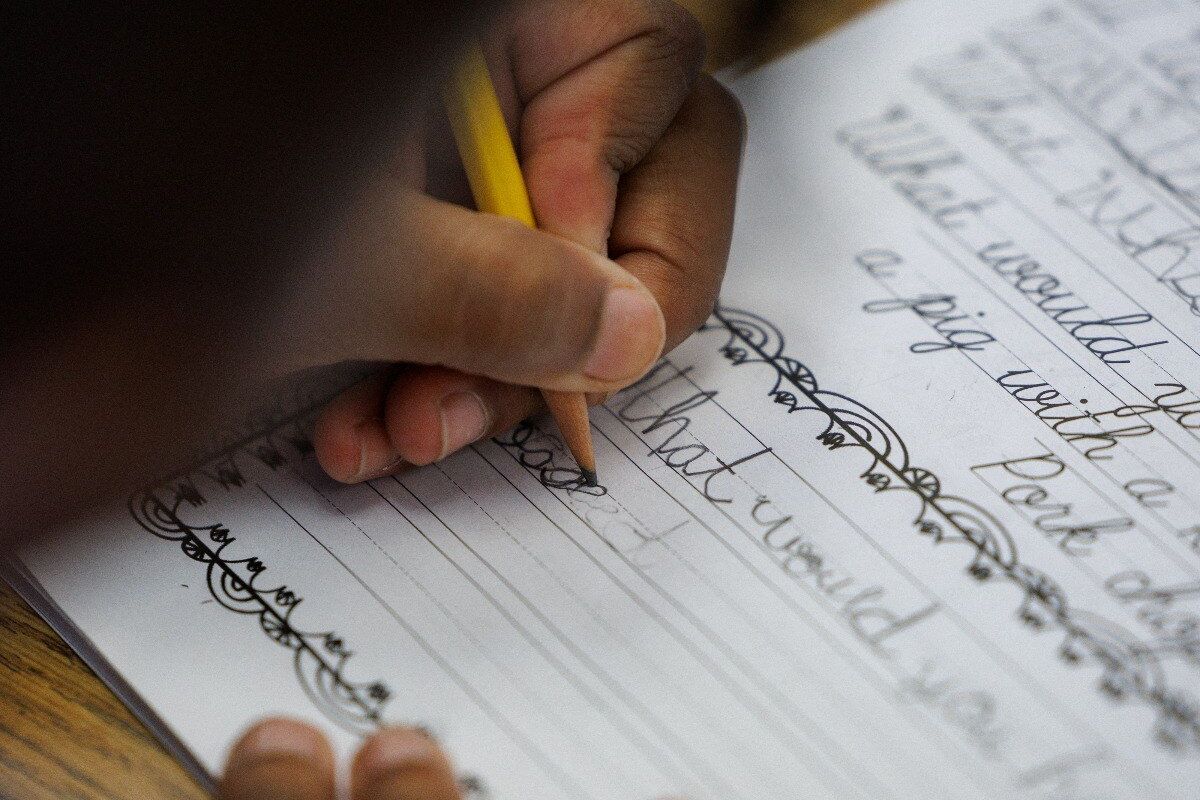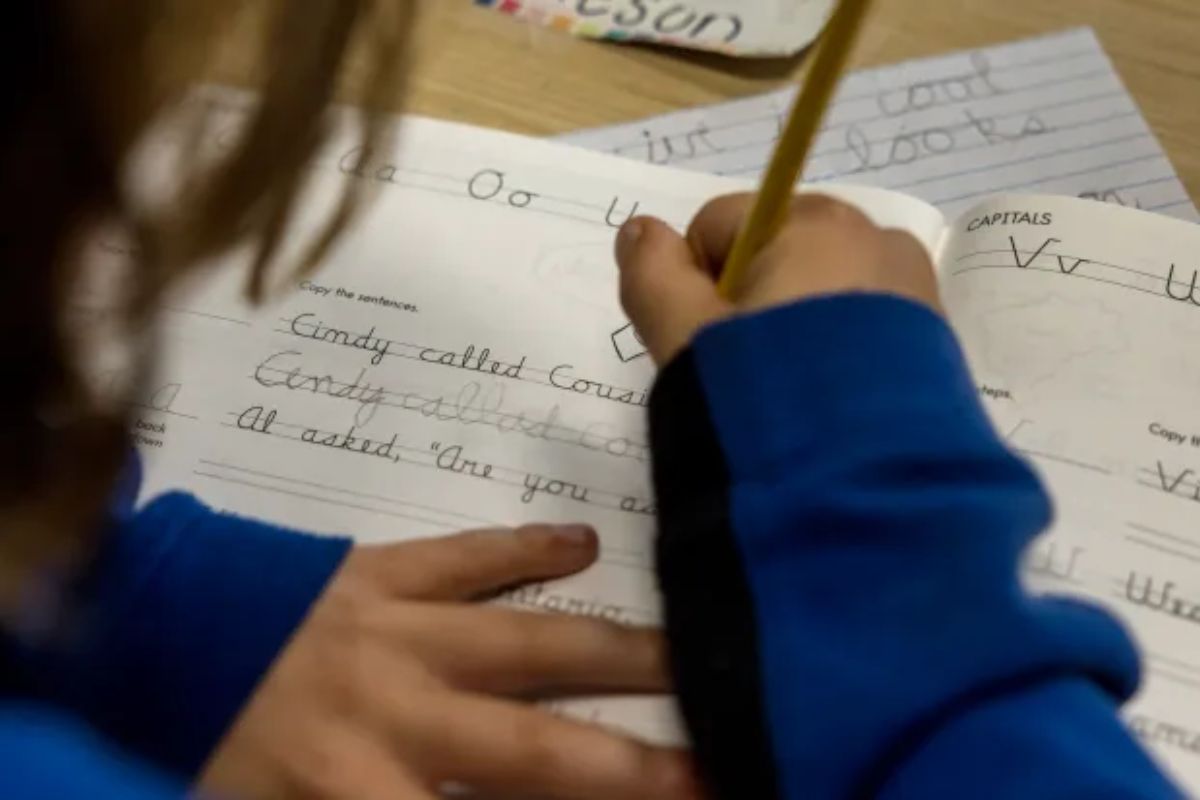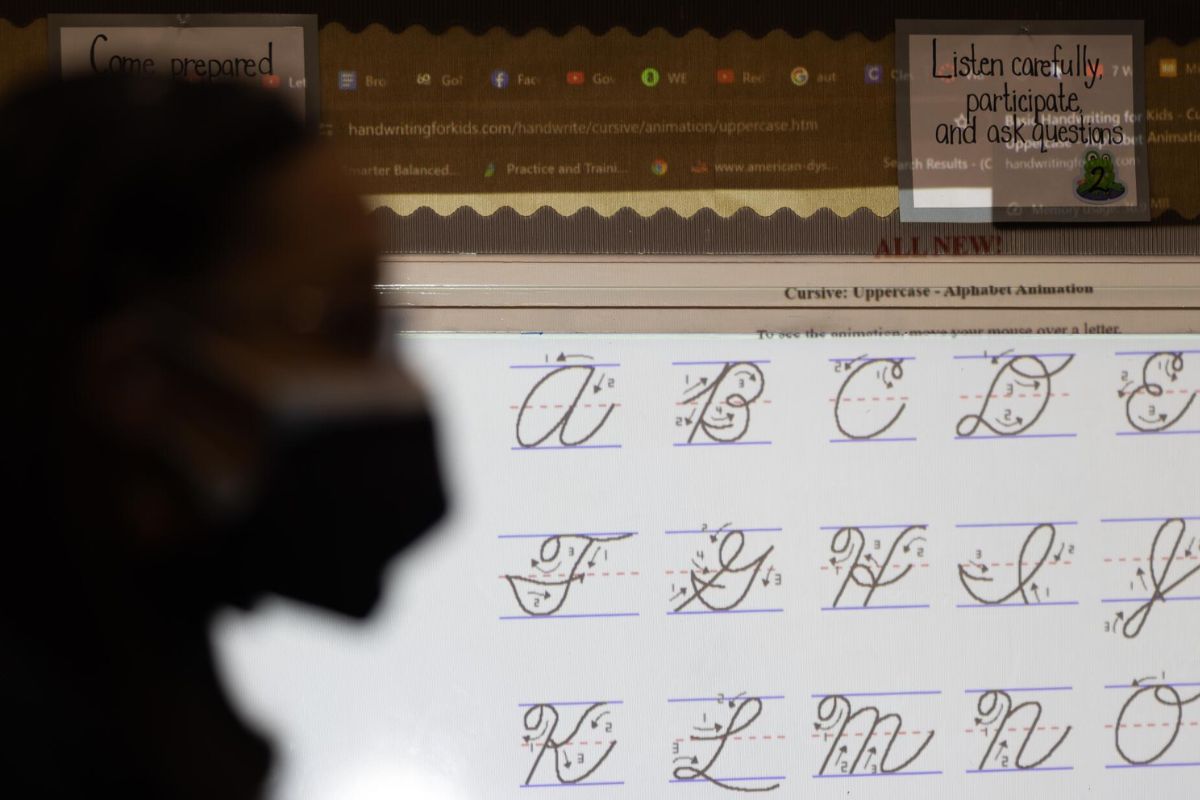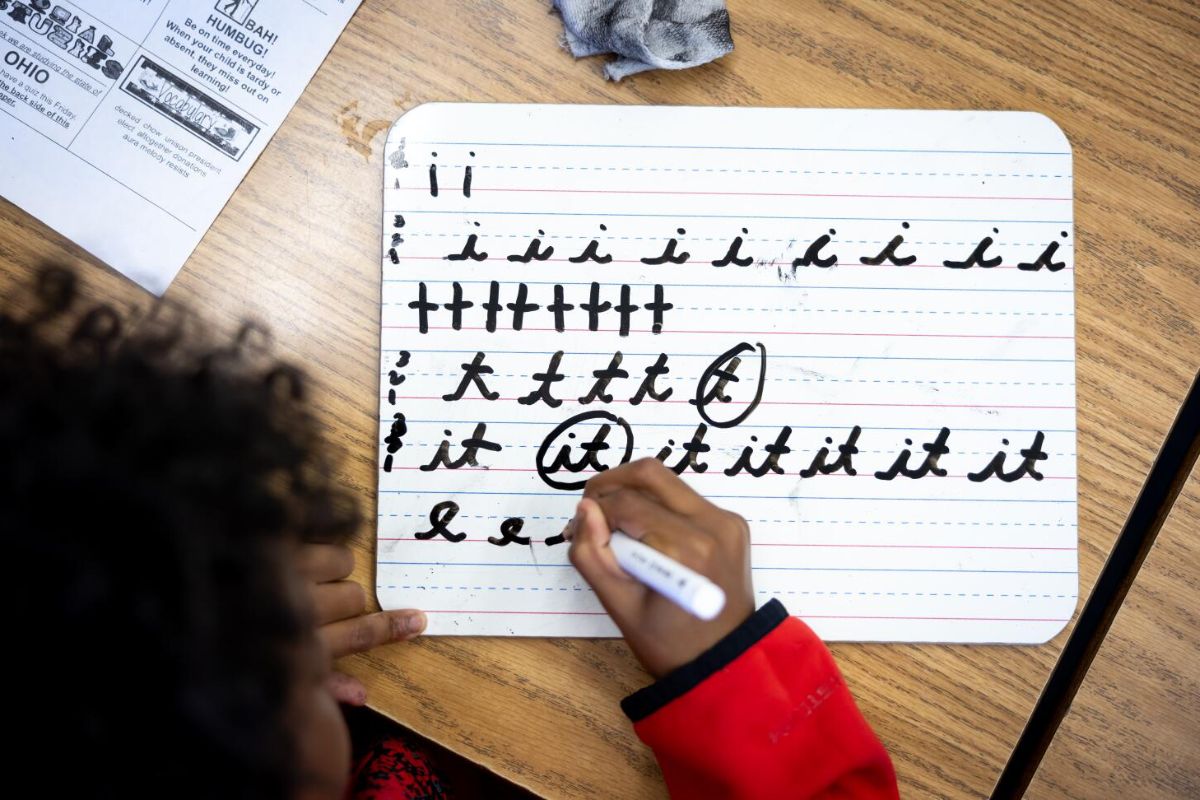Cursive Makes Comeback in California Classrooms: In California, the reintroduction of cursive handwriting has seen a surge in popularity, with Assembly Bill 446 mandating its inclusion in the curriculum.
The return to this traditional form of writing has sparked discussions about its relevance in modern education.
As you explore the educational benefits and classroom experiences associated with cursive instruction, you may find yourself intrigued by the surprising impact it has on students’ cognitive development and overall learning outcomes.
Key Takeaways
- California mandates cursive instruction for 6- to 12-year-olds, emphasizing cognitive development and historical document deciphering.
- Students at Orangethorpe Elementary embrace cursive enthusiastically, fostering critical thinking and joy in reading historic texts.
- Cursive writing enhances cognitive abilities, fine motor skills, and communication proficiency in the digital age.
- Learning cursive promotes brain connectivity, creativity, and attention to detail, ensuring a well-rounded education for students.
The Reintroduction of Cursive Handwriting in California
You’re invited to witness the resurgence of cursive handwriting within California’s educational curriculum. The state has taken a bold step in requiring six- to twelve-year-olds to learn cursive starting this year, shifting away from the predominant focus on keyboard typing. This move highlights a return to a traditional skill that intricately connects letters within words, fostering a deeper understanding of language and enhancing cognitive abilities.
Cursive handwriting offers more than just a means of writing; it’s an art form that promotes dexterity, creativity, and attention to detail. By reintroducing cursive into classrooms, California aims to equip students with a valuable tool that not only improves their handwriting but also enhances their overall communication skills.
Embracing cursive in education signifies a commitment to preserving a timeless form of expression. As students embark on this journey of rediscovery, they aren’t just learning to write; they’re mastering a skill that transcends the digital age, connecting them to generations past and empowering them to communicate with elegance and sophistication.
Assembly Bill 446 and its Requirements
Assembly Bill 446, signed into law by California Governor Gavin Newsom in October, mandates the teaching of handwriting to 2.6 million students in the state’s first through sixth grades, with a specific focus on cursive lessons for students in third grade and above. This bill, championed by former elementary school teacher Sharon Quirk-Silva, aims to ensure that students develop the essential skill of cursive writing.
The requirements set by Assembly Bill 446 emphasize the importance of traditional handwriting techniques in an increasingly digital age. By focusing on cursive instruction for older elementary students, the bill seeks to equip learners with the ability to read and write in cursive proficiently.
Educators across California are now tasked with incorporating structured handwriting lessons into their curriculum, aligning with the guidelines outlined in Assembly Bill 446. This legislative act underscores the significance of handwriting as a fundamental aspect of education, fostering a deeper understanding and appreciation for the art of cursive writing among students.
Educational Benefits of Learning Cursive
Learning cursive handwriting offers numerous educational benefits that enhance brain development, reading skills, and fine motor coordination. Studies show that mastering cursive can stimulate areas of the brain associated with language and cognition, leading to improved overall brain function.
Additionally, cursive writing has been linked to increased reading fluency and comprehension, as it helps individuals recognize letters more quickly and connect them efficiently. The intricate movements required for cursive writing also aid in the development of fine motor skills, promoting hand-eye coordination and dexterity.
Furthermore, learning cursive enables students to engage with historical documents and manuscripts, fostering a deeper appreciation for the past and enhancing their ability to decipher cursive texts from different time periods. By reintroducing cursive into the curriculum, educators aim to provide students with a well-rounded education that not only equips them with essential writing skills but also enhances their cognitive abilities and historical literacy.
Classroom Experiences and Student Responses
Amid the cursive revival, here are insights into the classroom experiences and student responses:
- Challenges Turned Opportunities: Initial difficulties are viewed as stepping stones to improved dexterity.
- Cognitive Enhancements: Teachers stress the mental benefits, fostering sharper intellect and brain connectivity.
- Excitement over Elegance: Students express delight in the ornate nature of cursive writing.
- Joy of Learning: The process of mastering new cursive letters brings a sense of accomplishment.
- Community Building: Cursive sessions create a shared experience, enhancing camaraderie among students.
Through embracing cursive, students at Orangethorpe Elementary aren’t just learning a new skill but also reaping the cognitive rewards and relishing the beauty of this classic form of writing.
Positive Student Feedback and Future Implications
Amidst the challenges faced, students at Orangethorpe Elementary School in Fullerton are enthusiastically embracing the art of cursive writing, finding joy in deciphering historic documents and enhancing their cognitive skills.
Despite the initial hurdles like the letter Z, students convey positive sentiments about learning cursive. Many find it enjoyable and express satisfaction in being able to read historical texts and family writings in cursive script.
The introduction of cursive writing has ignited enthusiasm among students, hinting at potential positive outcomes for their educational journey and cognitive development. This newfound appreciation for cursive not only fosters a connection to the past but also cultivates critical thinking skills and attention to detail.
As students continue to engage with cursive writing, they’re likely to experience improved hand-eye coordination, enhanced creativity, and a deeper understanding of language structure. The positive feedback from students at Orangethorpe Elementary School underscores the value of reintroducing cursive writing into the curriculum and its promising implications for their future growth and learning.
Also Read: Calistoga Fire Department Intensive Training at High School
Conclusion Of Cursive Makes Comeback in California Classrooms
In conclusion, the reintroduction of cursive handwriting in California classrooms through Assembly Bill 446 has been met with positive student feedback and promising educational benefits. Students are enjoying the experience of learning this traditional form of writing and are excited about the future implications of cursive instruction.
The return to the basics of cursive is proving to be a valuable addition to the curriculum, enhancing students’ writing skills and overall learning experience.




